Optimal Timing for Waterproofing Projects
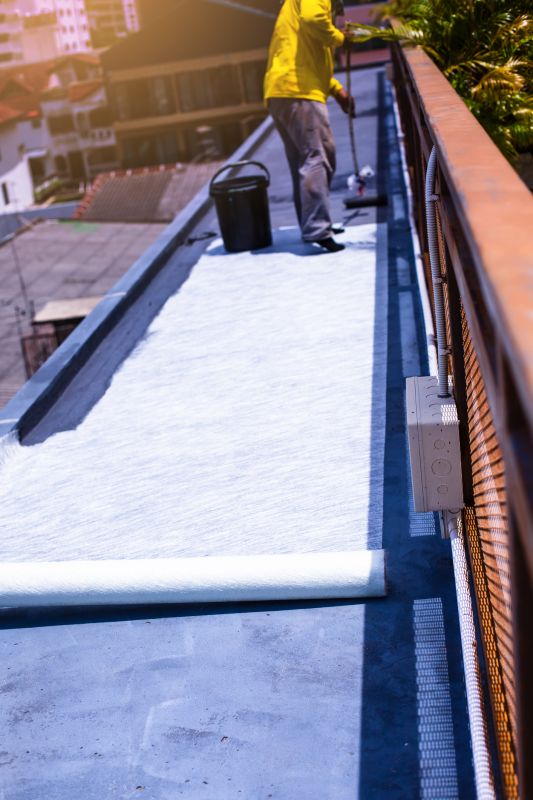
Applying waterproofing during dry weather ensures proper adhesion and curing without interference from moisture.
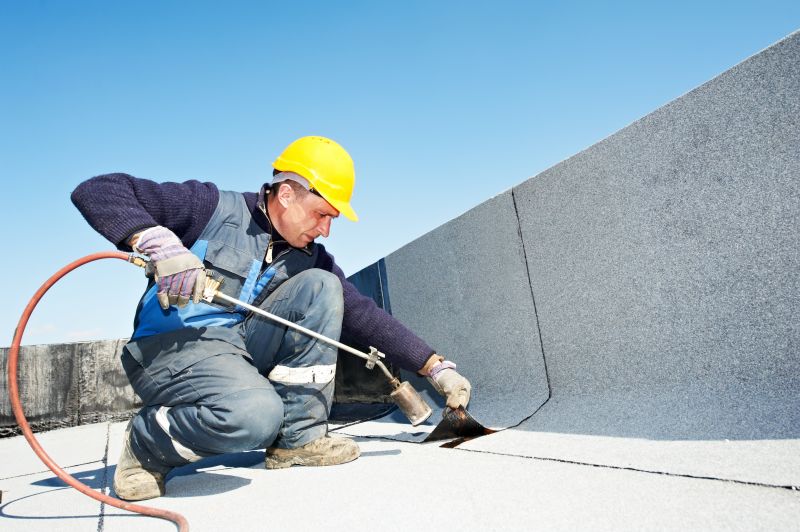
Late spring and early summer are ideal times to prepare for waterproofing projects before heavy weather begins.
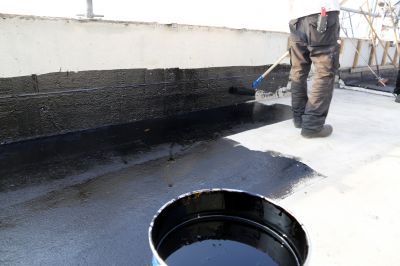
Fall and early winter can be suitable for waterproofing if weather conditions remain dry and temperatures are moderate.
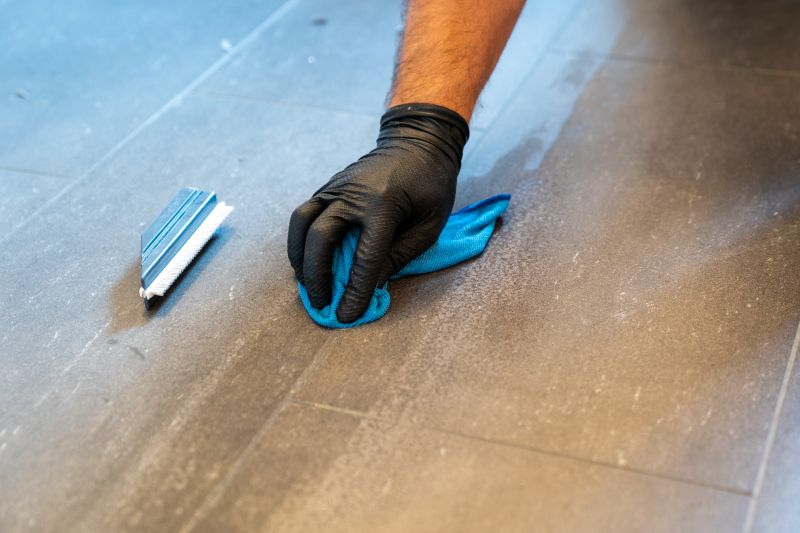
Ways to make Waterproofings work in tight or awkward layouts.

Popular materials for Waterproofings and why they hold up over time.
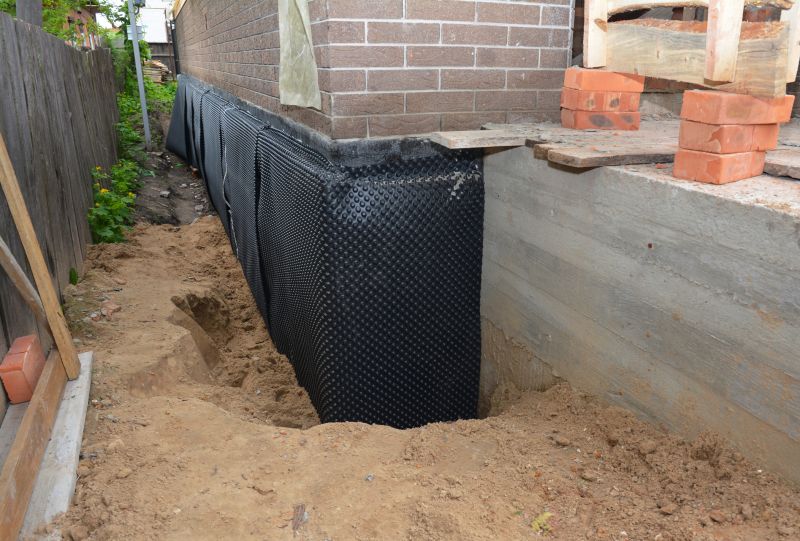
Simple add-ons that improve Waterproofings without blowing the budget.
Statistics indicate that waterproofing applied during optimal weather conditions can extend the lifespan of building components by up to 50%. It also reduces maintenance costs and prevents costly repairs caused by water damage. Planning waterproofing projects during suitable seasons ensures better results and longer-lasting protection against water infiltration.
Spring and summer generally provide the best conditions for waterproofing due to warmer, dry weather.
Most waterproofing products require temperatures above 50°F for proper application and curing.
Monitoring weather forecasts helps determine the best window for waterproofing projects to avoid rain and high humidity.
Cleaning and surface preparation should be completed before the optimal weather window to ensure adhesion.

Ideal for warm, dry conditions that promote proper curing.

Suitable if dry weather persists and temperatures remain moderate.

Best when the ground is thawed and weather forecasts predict dry days.

Generally not recommended unless mild and dry conditions are forecasted.

High-end options that actually feel worth it for Waterproofings.

Finishes and colors that play nicely with Waterproofings.
| Season | Ideal Conditions |
|---|---|
| Spring | Moderate temperatures, dry days |
| Summer | Warm, dry weather, high humidity levels |
| Fall | Dry days, moderate temperatures |
| Winter | Not recommended unless mild and dry |
| Pre-Season | Preparation before heavy weather |
| Off-Peak | Late fall and early winter if conditions allow |
Understanding the optimal timing for waterproofing can significantly impact the durability and effectiveness of the protection. Proper planning and weather monitoring are essential to ensure the application is successful and long-lasting.
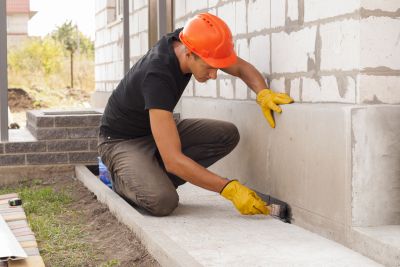
Applying waterproofing during suitable weather conditions ensures optimal results.
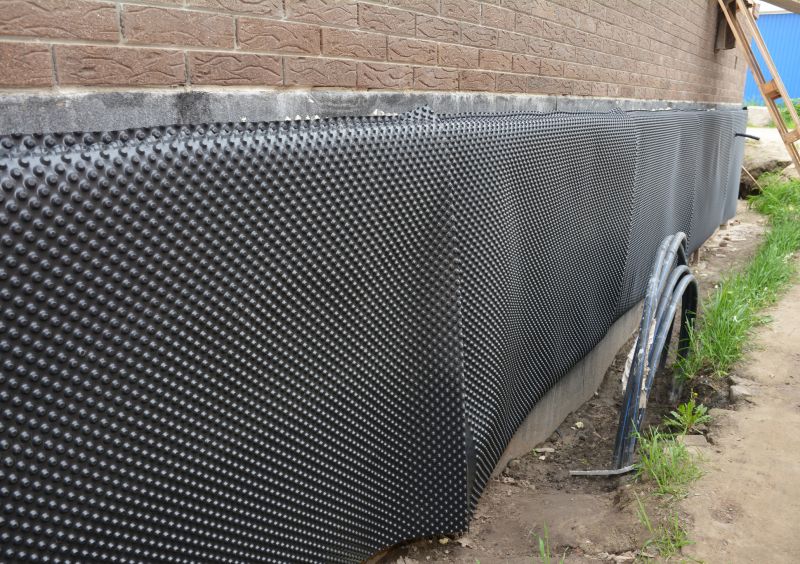
Cleaning surfaces prior to waterproofing enhances adhesion and longevity.
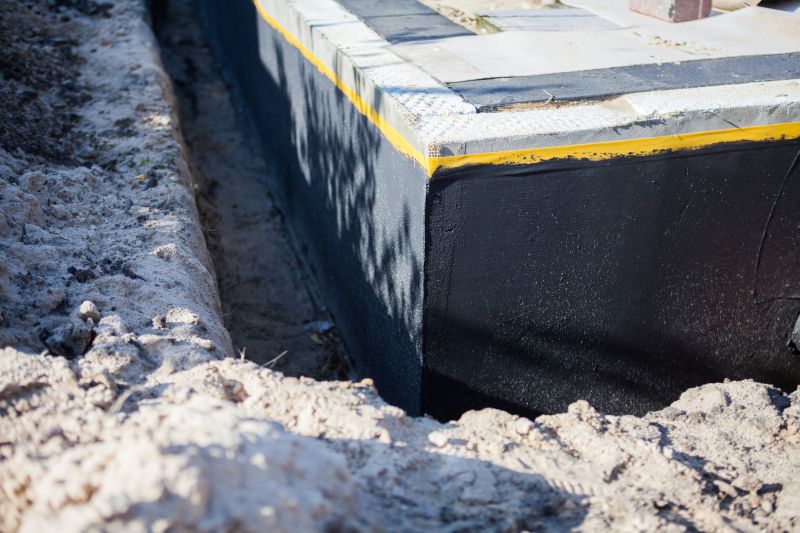
Dry conditions prevent moisture interference and improve curing.
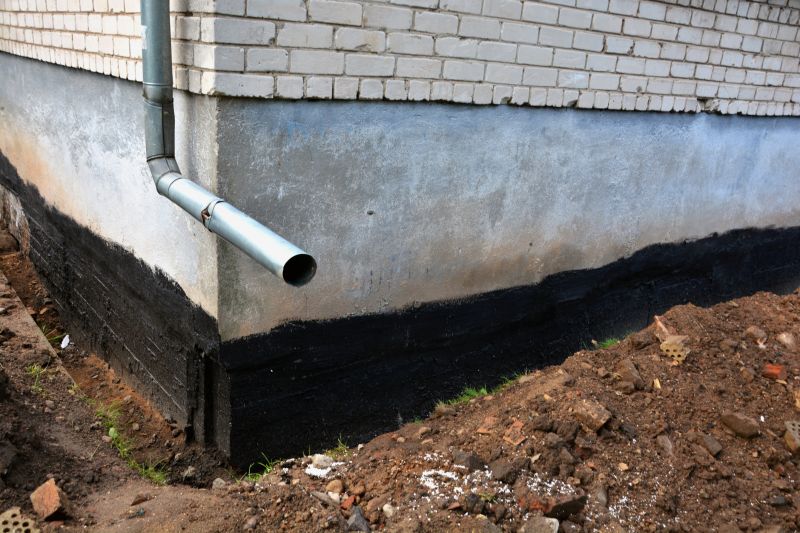
Proper timing reduces the risk of water infiltration and structural issues.
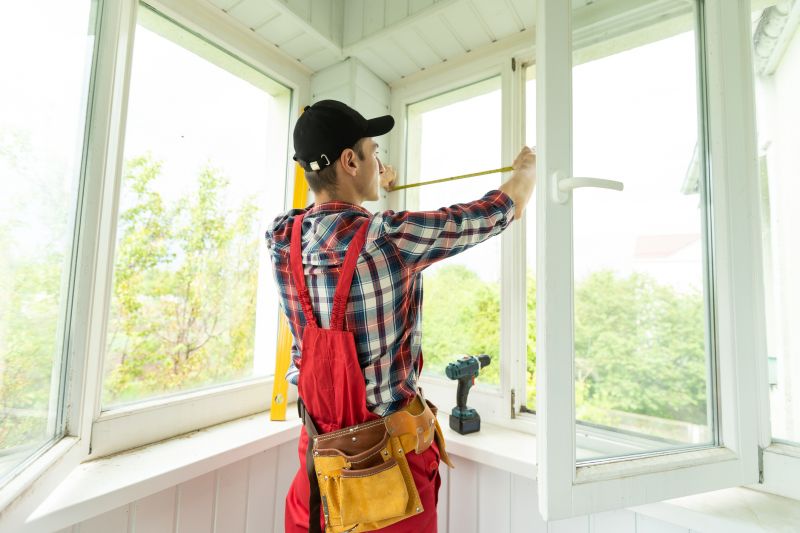
Little measurements that prevent headaches on Waterproofings day.
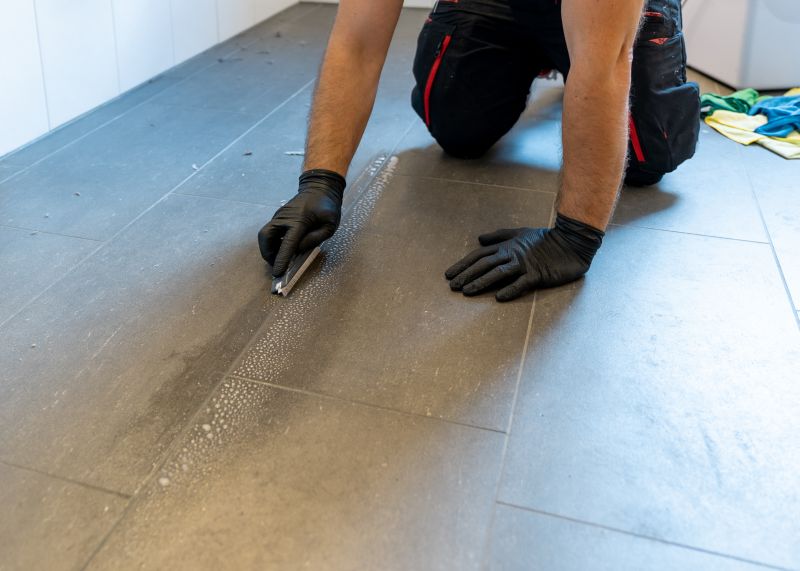
A 60-second routine that keeps Waterproofings looking new.
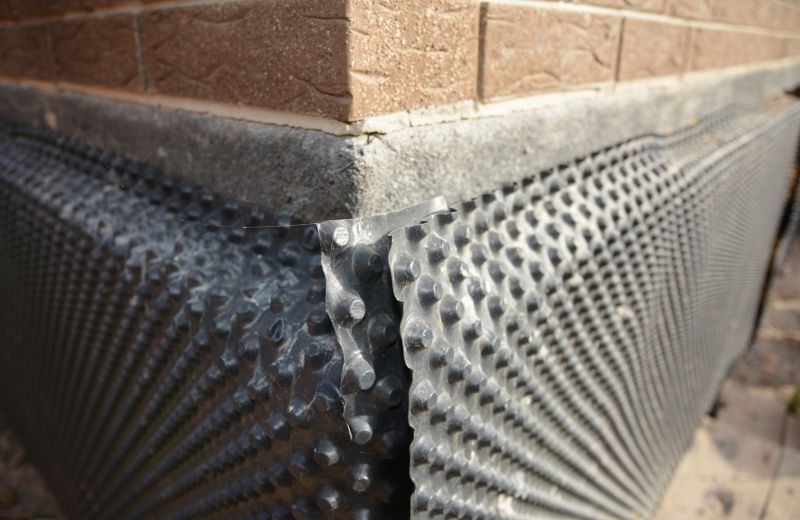
A frequent mistake in Waterproofings and how to dodge it.
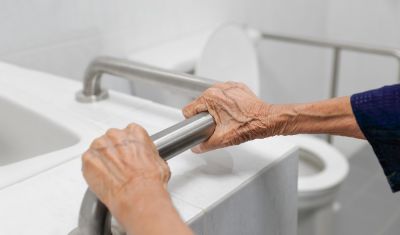
Small tweaks to make Waterproofings safer and easier to use.
Choosing the right time for waterproofing can help prevent water-related damages, saving costs and maintaining structural integrity. It is advisable to plan projects during periods of stable, dry weather to ensure the best possible outcome.

